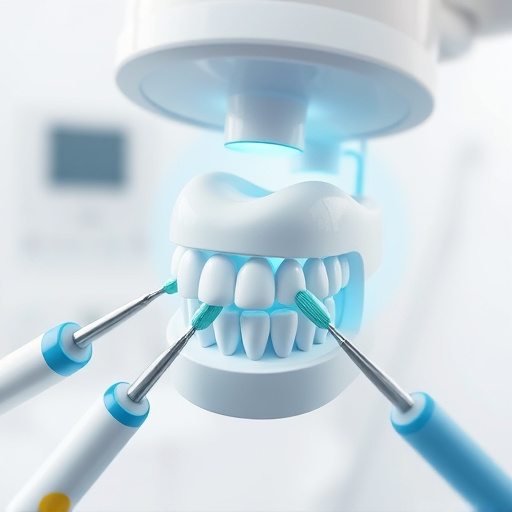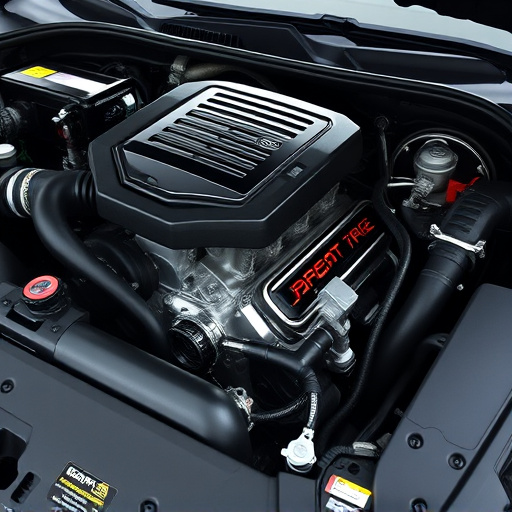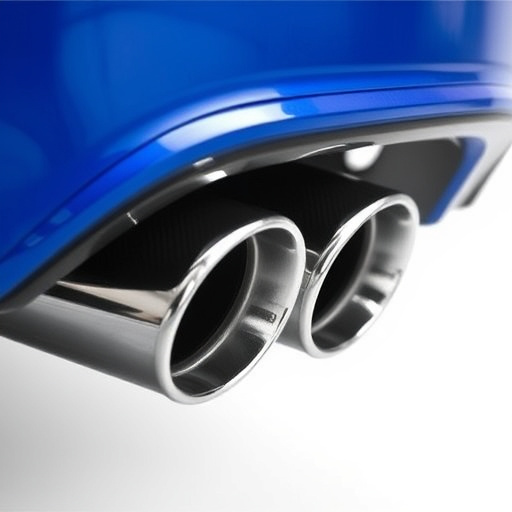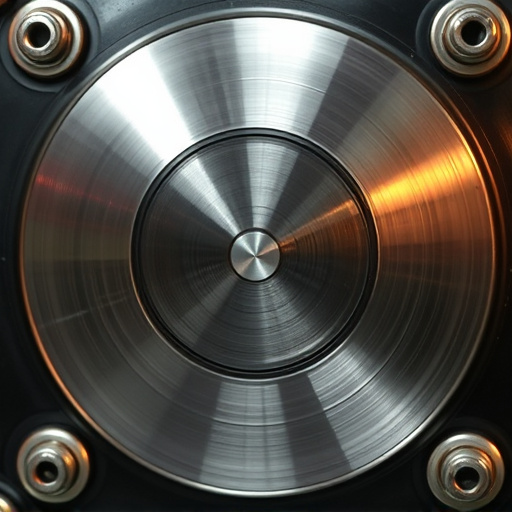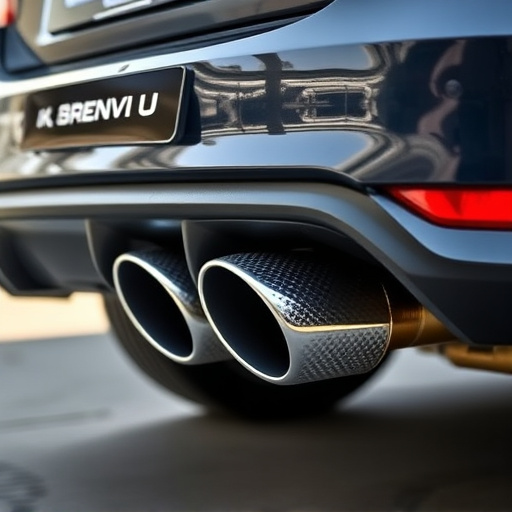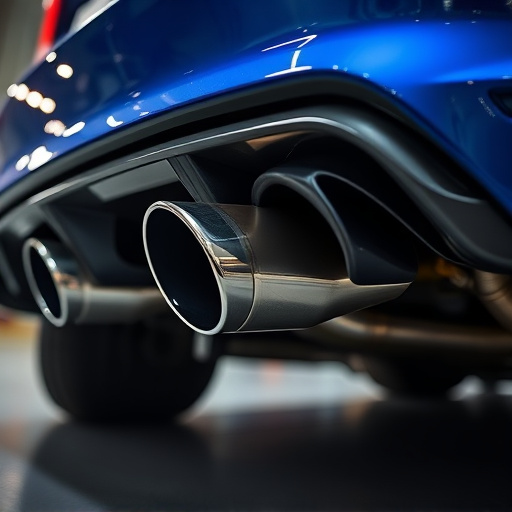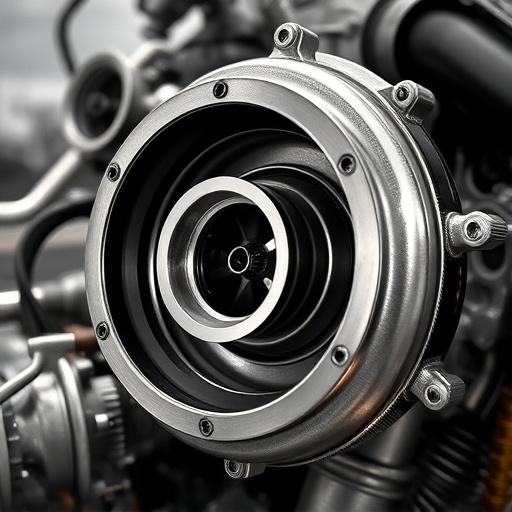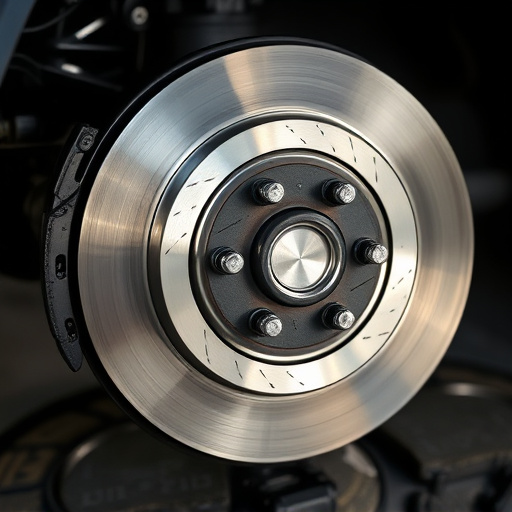Heat buildup in straight pipe exhaust systems is a concern that degrades engine performance and efficiency. Without proper ventilation or insulation, hot gases are trapped, leading to elevated temperatures and potential damage over time. Advanced materials and designs in performance exhaust upgrades enhance airflow and heat dissipation, working with coilover kits for improved handling. Straight pipe systems offer benefits like better airflow, reduced heat build-up, enhanced throttle response, increased horsepower, sportier exhaust notes, and optimal brake component temperatures. Effective heat reduction strategies include air filter kits, regular maintenance, strategic ventilation in system design, and overall safer operating conditions.
In today’s automotive landscape, managing heat build-up in exhaust systems is paramount for both performance and efficiency. This article delves into the world of straight pipe exhaust as a game-changer in mitigating excessive heat. We’ll explore how heat accumulates in traditional systems and uncover the benefits of adopting straight pipe designs. Furthermore, we’ll provide implementation guidelines and best practices to ensure optimal heat reduction, enhancing overall engine health and functionality. Discover why straight pipe exhaust is a smart choice for efficient vehicle management.
- Understanding Heat Build-Up in Exhaust Systems
- Benefits of Using Straight Pipe Exhaust
- Implementation and Best Practices for Efficient Heat Reduction
Understanding Heat Build-Up in Exhaust Systems
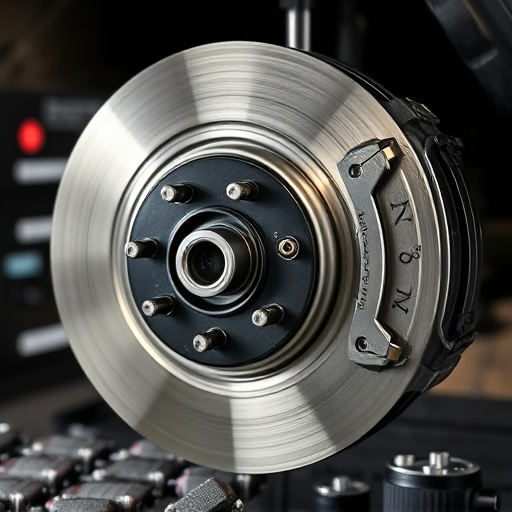
Heat build-up in exhaust systems is a common issue that can significantly impact engine performance and overall vehicle efficiency. When a car’s exhaust system, especially with straight pipe exhaust configurations, lacks adequate ventilation or insulation, heat has nowhere to dissipate. This results in a trapping of hot gases, leading to elevated temperatures throughout the system. Over time, excessive heat can cause damage to various components, reduce engine power, and even lead to safety hazards.
The primary drivers of this heat accumulation are often the design of the exhaust system, particularly with straight pipe exhaust setups. Unlike curved or twisted pipes that facilitate some cooling through air flow, straight pipes provide a more direct path for hot gases to travel, minimizing natural ventilation. Additionally, factors like poor muffler tips or inadequate insulation around the exhaust can trap heat, exacerbating the problem. To combat this, performance exhaust upgrades often incorporate advanced materials and designs aimed at improving airflow and heat dissipation, complementing coilover kits for optimal vehicle handling and performance.
Benefits of Using Straight Pipe Exhaust
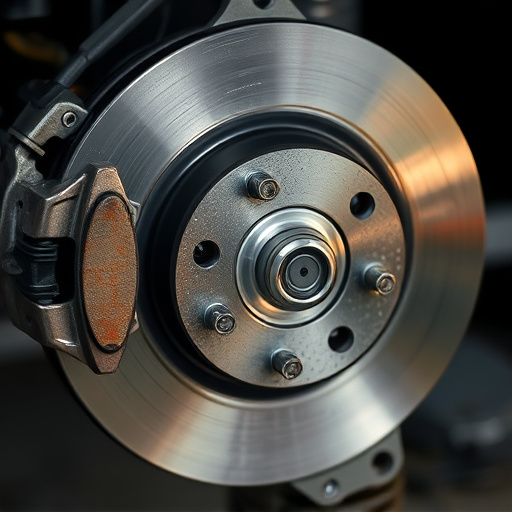
Using straight pipe exhaust systems offers several advantages for vehicle owners looking to enhance their driving experience and maintain optimal vehicle performance. One of the key benefits is improved airflow, as these pipes are designed to eliminate restrictions in the exhaust system. This allows for a smoother flow of gases, resulting in reduced heat build-up under the hood. By promoting efficient gas expulsion, straight pipe exhausts can significantly lower engine temperature, which is particularly beneficial during prolonged drives or in hot climates.
Additionally, straight pipe exhaust systems contribute to better vehicle sound and enhanced overall performance. The direct path for exhaust gases reduces backpressure, enabling the engine to breathe more freely. This can lead to improved throttle response, increased horsepower, and a deeper, sportier exhaust note—a favorite among car enthusiasts. Moreover, keeping heat at bay is crucial for maintaining the integrity of sensitive brake components, such as brake pads, ensuring they operate within their specified temperature ranges for better braking performance and longevity.
Implementation and Best Practices for Efficient Heat Reduction
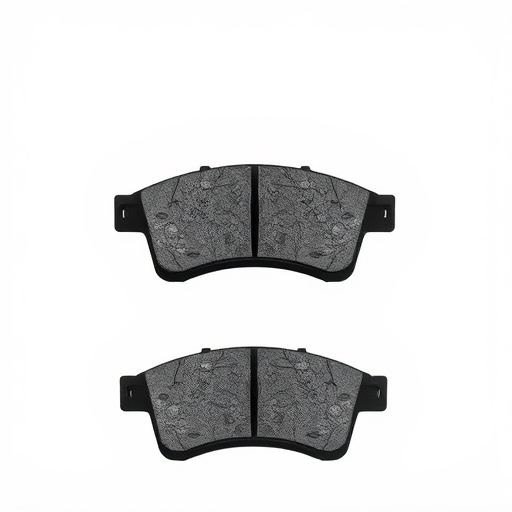
Implementing effective heat reduction strategies for straight pipe exhaust systems requires a multi-faceted approach. One key best practice is to integrate air filter kits into the system, which not only traps particulate matter but also helps in cooling down hot gases before they exit. Regular maintenance of these filters ensures optimal performance, allowing for smoother airflow and reducing backpressure, thereby decreasing heat build-up.
Additionally, designing efficient exhaust systems with strategic ventilation can significantly aid in heat dissipation. This includes proper routing of exhaust gases away from sensitive components like suspension parts, which can otherwise absorb excess heat. By minimizing contact between hot exhaust gases and these elements, you create a cooler environment for the entire vehicle, ultimately contributing to safer operating conditions.
By adopting a straight pipe exhaust system, you can significantly reduce heat build-up in your vehicle’s exhaust, leading to improved engine performance and extended component lifespan. This article has explored the fundamental causes of heat accumulation and highlighted the key advantages of utilizing straight pipe technology. Through proper implementation and best practices, you can optimize heat reduction, ensuring a more efficient and durable exhaust system. Embrace these strategies to enhance your vehicle’s overall health and contribute to a smoother, cooler driving experience.


